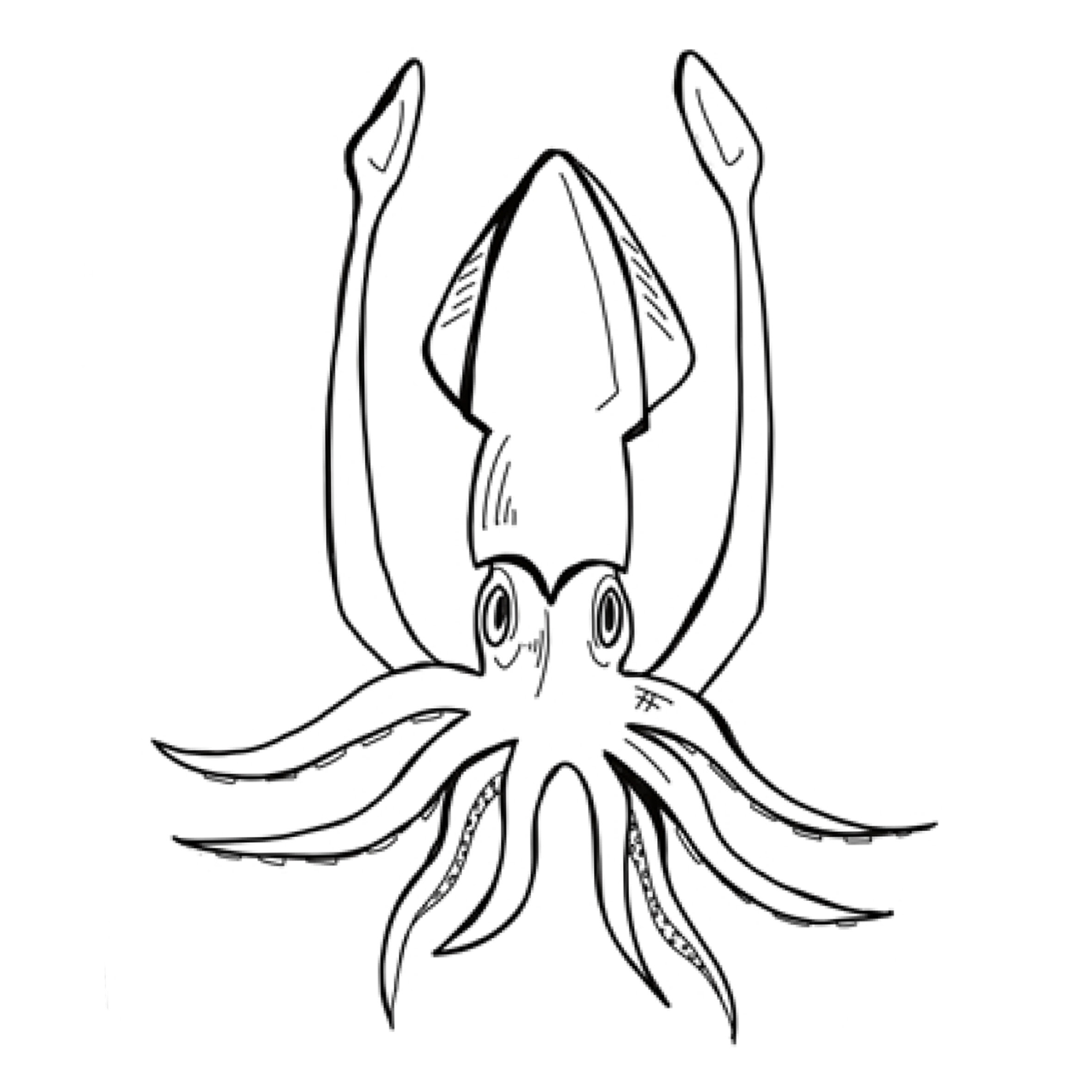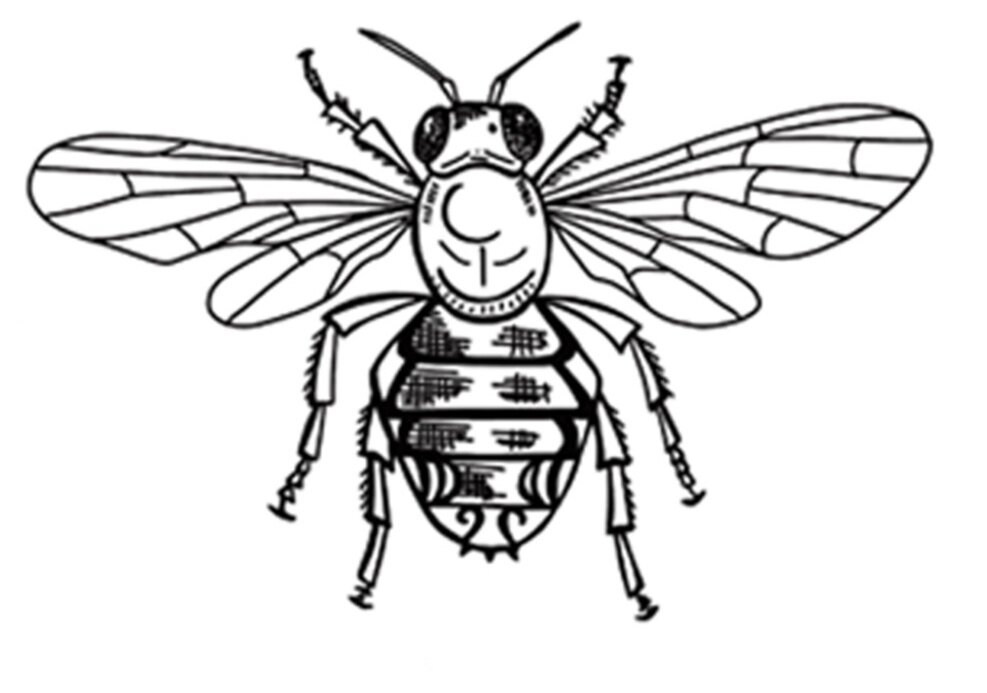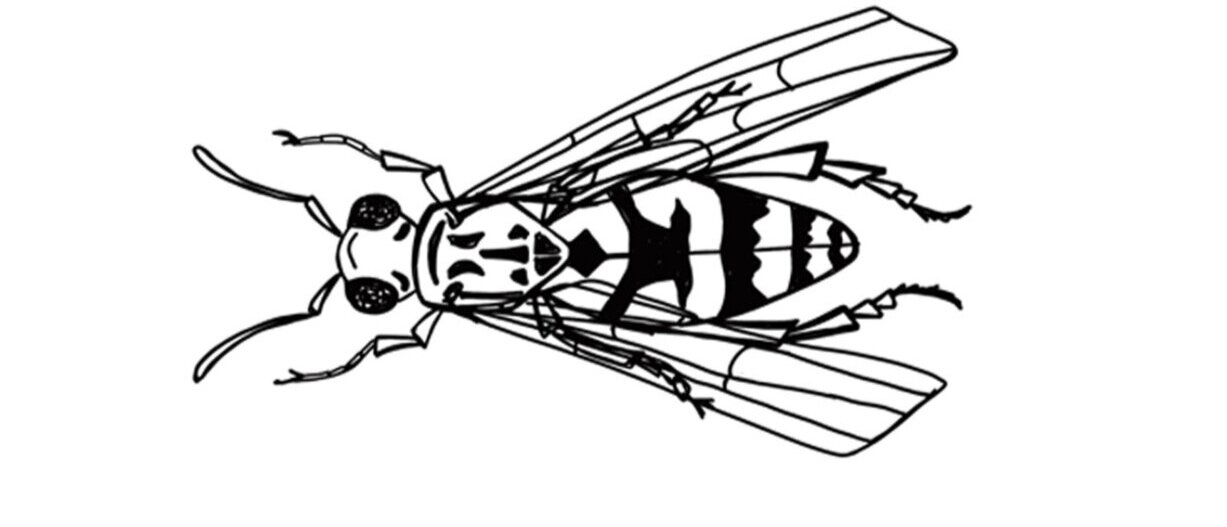Pollinators transfer pollen grains from one flower to another which allows the production of seeds which can then be dispersed into the surrounding habitat, usually by animals or wind. They’re really important for both humans and biodiversity as 35% of agricultural crops and 60-70% of flowering plants rely on pollinators for reproduction! In the UK, our main pollinators are insects. Our more obscure pollinating insects include the wool carder bee, hoverfly and large yellow underwing moths. In the Tropics however, pollination isn’t limited to insects. There you can find hummingbirds, bats and even lemurs pollinating local flora.
The abundance of pollinators is unfortunately on the decline. A review in 2013 by the Food and Agriculture Organisation of the United Nations has highlighted the worldwide decline in pollinators as a serious threat to food security. Several factors have been identified as causative to this decline including increased intensive farming, pesticide use and habitat loss.
Research has shown that amidst the continued loss of pollinators, urban dwellings across the world host an abundance of native bee populations, highlighting their importance for pollinator biodiversity conservation. An investigation into wildlife gardening showed that honey bees in Birmingham produced more honey than those in the surrounding countryside! Additionally, a study managed to sample 35% of all British Hoverfly species within a single garden in Leicester.
One way you can help pollinators is by planting flower in your garden or in a window box. Cornflowers, foxgloves, clover and hellebore are all favourites amongst pollinators.
Red Mason Bee
These little bees get their name from their nesting habitat; they frequently burrowing in cavities between brickwork. They are true urban dwellers, commonly found in parks and cities, and are extremely efficient pollinators. Scientists in Poland have discovered that red mason bees have a fondness of oilseed rape which is an important agricultural crop, and are capable of rapid population growth which highlights the importance of these creatures as key pollinators! A single red mason bee an provide the same level of pollination as 120 worker honey bees!
Wool Carder Bee
The wool carder bee is common amongst gardens, parks and grasslands throughout much of England and Wales, making it an important urban pollinator. Females of this species are known to collect wool fibres from various plants to use as nesting material. This behaviour has allowed males of this species to adopt an interesting mating strategy known as resource defence polgyny where they ferociously guard and defend desired plants, increasing their reproductive success.
Large Yellow Underwing Moth
Moths have recently been identified as important long-distance pollinators, couriering pollen at a landscape scale. The large yellow underwing is a nocturnal species of moth that is abundant throughout the UK. Using a combination of genetic and observational studies, scientists have identified these nocturnal creatures are potentially important pollinators of economically valuable crops such as oilseed rape, soybean, pea and potato. Unfortunately the Department for Food, Environment and Rural Affairs has reported a decline in the abundance and diversity of butterflies and moths in the UK over the last 40 years.
Fat Legged Flower Beetle
These widespread beetles spend their time feeding and basking, perched on the open-structured flowers of grassy meadows and urban gardens. They provide pollination services to species such as ox-eyed daisies. The conspicuity of males gives the species its flattering name - their third leg segment (femora) are distinctly swollen and ‘fat’.
Wasp
Wasps tend to have a bad reputation amongst picnic goers and holiday makers. Nonetheless, they are important pollinators and also play another unusual role… Of the 9000 species of wasp in the UK, the vast majority are parasitoids, paralysing urban insect pests such as caterpillars and greenfly before laying their eggs within them - allowing their larvae to eat their prey alive. This course of events, as gross as it sounds, is very important in maintaining balance of the ecosystem. As adult wasps fee solely on sugars, such as nectar, they inadvertently pollinate a variety of plants such as Aster’s and Goldenrod, although their bodies are far less hairy than bees which means they aren’t quite as efficient.
Hoverfly
There are roughly 270 species of hoverfly that visit or reside in the UK, they can be found in a diverse array of morphologies and habitat preferences. This diversity promoted both generalist and specialist feeding behaviours, meaning that they pollinate many different types of plants! In fact, scientists in the UK have shown that hoverflies increase strawberry crop yields by over 70%! There is also an additional benefit in the form of hoverflies having carnivorous larvae that feast themselves on infesting aphids. A good bit of news, hoverfly diversity and richness has increased by 40-60% in the UK and parts of Europe over the past 40 years!
European Hornet
Despite their size, this very large social wasp is not as aggressive as the common wasp. It is even regarded as a ‘gardeners friend’ due to its dietary preference of invertebrate pests. As a result of human conflict, the European hornet is currently listed as endangered and even benefits from legal protection in Germany! Although this species predominantly predates on invertebrates, it also feeds on nectar, making it an important contributor to pollination, especially for orchids.
Hummingbird
Hummingbirds are endemic to the Americas and are the smallest of the bird families which includes the smallest extant species of bird - the bee hummingbird which is a tiny 5cm! Many hummingbirds are nectivores and it’s been shown that they are more attracted to red coloured flowers. This has lead to scientists implying that hummingbirds and their bird-loving (ornithophilous) floral partners have co-evolved - the plant provides hummingbirds with a sugary meal whilst the bird serves as an effective pollinator. Unfortunately hummingbird populations are under threat from habitat loss, climate change and introduced plant species. At the moment, all hummingbird species are listed on the IUCN Red List as vulnerable or endangered, somethings that will hopefully change with careful conservation.
With thanks to Josh Pysanczyn for help with research.









